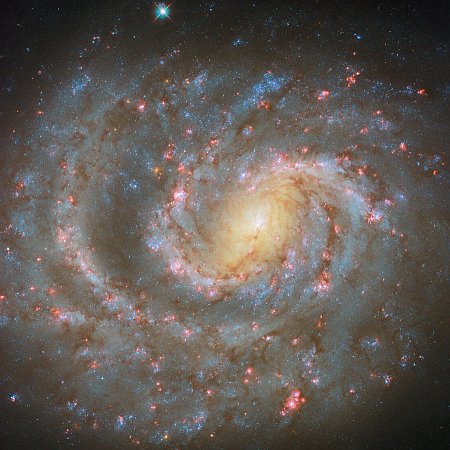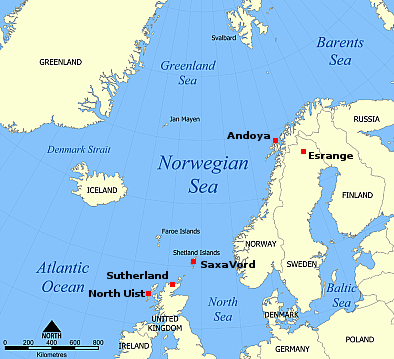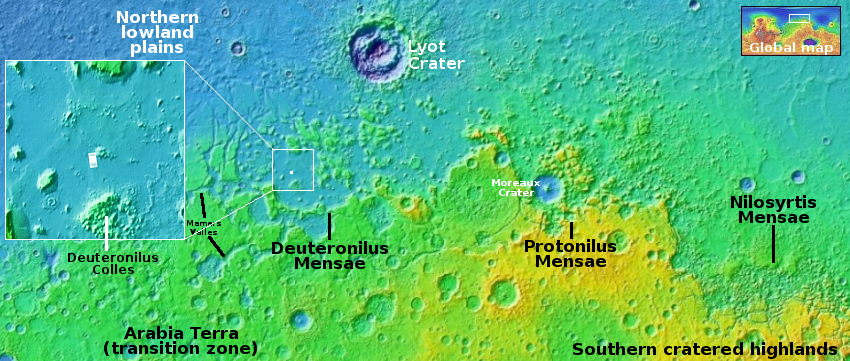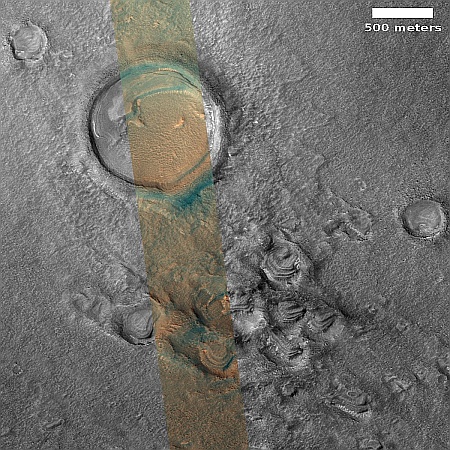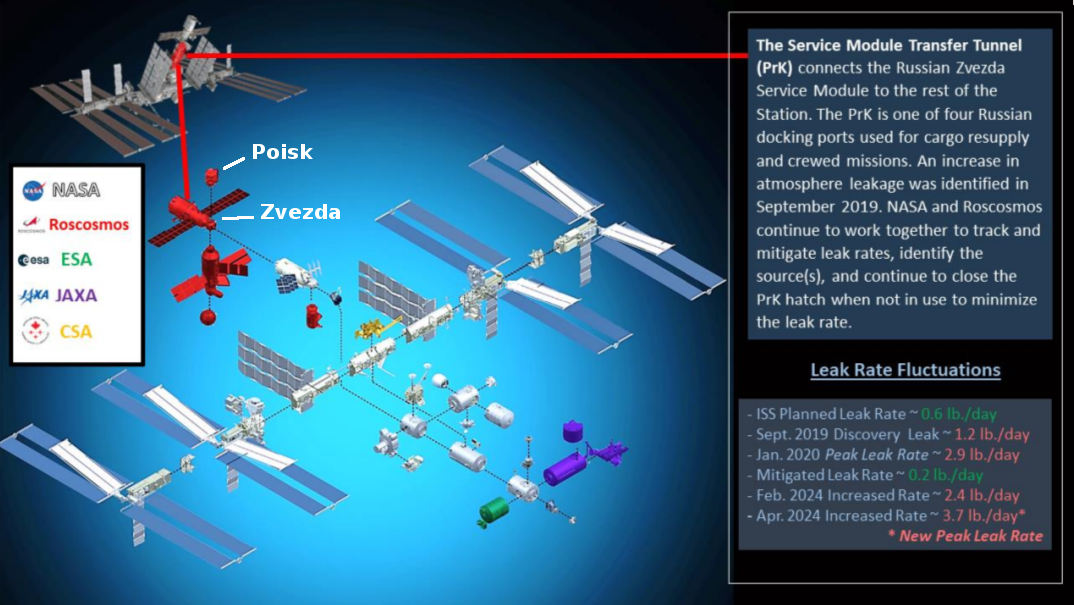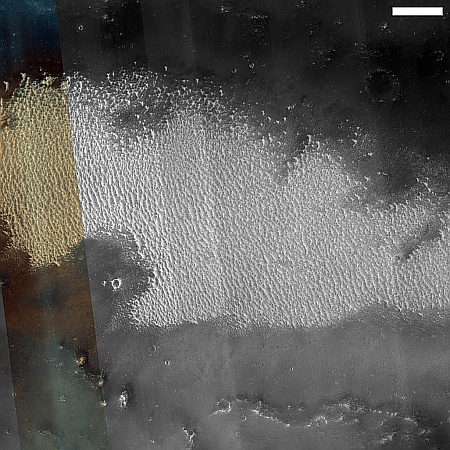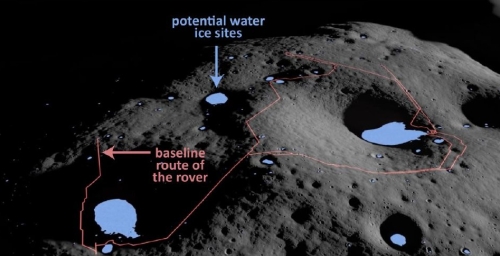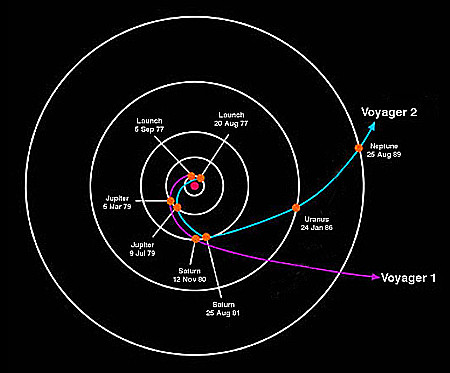China launches communications test satellite
China today successfully launched a communications satellite designed according to its state-run press to test new communication technologies, its Long March 3B rocket lifting off from its Xichang spaceport in southwest China.
No word on where the rocket’s lower stages and four strap-on boosters, all using toxic hypergolic fuels, crashed inside China.
The leaders in the 2024 launch race:
124 SpaceX
57 China
15 Russia
13 Rocket Lab
American private enterprise still leads the rest of the world combined in successful launches 143 to 85, while SpaceX by itself leads the entire world, including American companies, 124 to 104.
China today successfully launched a communications satellite designed according to its state-run press to test new communication technologies, its Long March 3B rocket lifting off from its Xichang spaceport in southwest China.
No word on where the rocket’s lower stages and four strap-on boosters, all using toxic hypergolic fuels, crashed inside China.
The leaders in the 2024 launch race:
124 SpaceX
57 China
15 Russia
13 Rocket Lab
American private enterprise still leads the rest of the world combined in successful launches 143 to 85, while SpaceX by itself leads the entire world, including American companies, 124 to 104.



